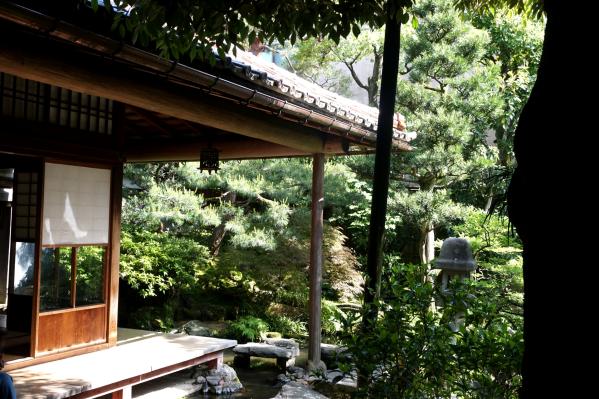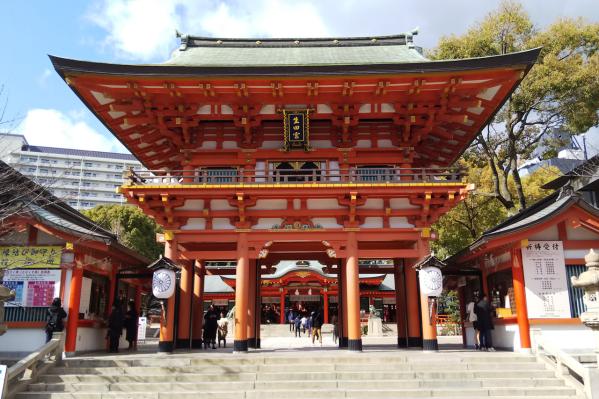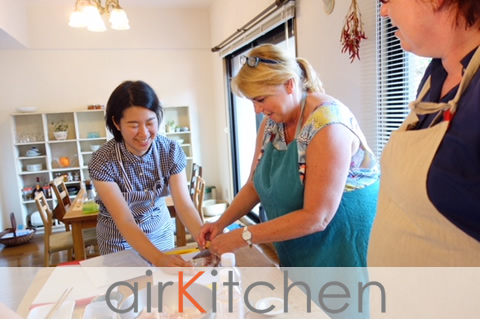
Shiroyone Senmaida (Thousand Rice Terraces)
In 2011, Shiroe Senmaida was recognized as a Globally Important Agricultural Heritage System (GIAHS) as part of the "Noto Satoyama Satoumi," allowing visitors to enjoy its beautiful landscapes through each of the four seasons. In spring, the sunlight reflects on the water's surface, while summer presents a beautiful contrast between the green rice and the blue sea. In autumn, the golden rice ears sway in the wind, and in winter, an illumination event called "Aze no Kirameki" takes place.
This terraced rice field has an owner system, allowing interested individuals to own their own "my rice field." Through this system, many people from urban areas participate, creating a bond between the community and visitors while preserving the beautiful terraces. Particularly during "Aze no Kirameki," environmentally friendly solar-powered LEDs illuminate the area, changing colors every 15 minutes to create a fantastical scene.
Shiroe Senmaida represents Japan's beautiful landscapes shaped by nature, culture, and the hands of its people.
Basic Information
- Spot Name
- Shiroyone Senmaida (Thousand Rice Terraces)
- Location
- 〒928-0256 99-5 Shirakumicho, Wajima City, Ishikawa Prefecture, Japan
- Access
- From Kanazawa Station, take the Wajima Express Bus for about 2 hours and 30 minutes, getting off at Wajima Station (transfer point).
→ From Wajima Station, take the local bus (Machino Line) and get off at "Shiramai Senmaida." - Parking
- Free parking, no reservation required
Tourist buses: 5 vehicles
Regular cars: 51 vehicles (including 1 EV regular charger)
Disabled parking: 2 vehicles - Business Hours
- Free to stroll around.
- Contact Information
- Phone Number:0768-23-1146
- Official Website
Map
Detailed Information
▶Terraced Rice Fields Recognized as a Globally Important Agricultural Heritage System
In 2011, "Noto's Satoyama and Satoumi" was recognized as the first globally important agricultural heritage site in Japan. The Shirakami Senmaida is one of its components and can be considered a symbolic representation. Each rice field has an area of about 18 square meters, with the smallest fields measuring approximately 50 centimeters on each side. Since agricultural machinery cannot access these fields, rice planting and harvesting are still done by local residents and volunteers by hand. In 2014, the ancient Japanese farming method "Inadayata," where rice seeds are directly sown, was revived to preserve the original landscape of rural Japan for future generations.
▶A Spectacular View of Geometric Patterns
The Shirakami Senmaida creates a stunning geometric pattern as small rice fields cascade down into the sea of Noto. This idyllic and robust scenery has always been closely linked to the lives of the people in Noto. In spring, the rice fields sparkle as they reflect the sky, while summer showcases the beautiful contrast between the green of the rice and the blue of the sea. Autumn features fields swaying with golden rice ears, and winter presents a landscape covered in a snowy pattern, displaying seasonal beauty throughout the year. In autumn and winter, the illuminated event "Aze no Kirameki," adorned with solar LEDs, is held.
▶Owner System for "My Rice Field"
An owner system is available that allows individuals to rent unworked rice fields and lend them to interested parties. By becoming an owner member, you can set up a marker in a preferred field and create your own "My Rice Field" (with no leasehold or ownership rights). There are seven farming activities each year (tilling, weeding, rice planting, three grass cuttings, and harvesting), but participation is not mandatory; you can join at your convenience (farming management is conducted by the Shirakami Senmaida Love Farming Association). Participants come from the metropolitan area and across the country, with numbers increasing each year. This owner system helps convey the importance of rice cultivation to future generations and contributes to preserving the beautiful landscape of the terraced fields.
#Superb view/Scenic spot #Townscape/Bikan Historical Quarter
Shiroyone Senmaida (Thousand Rice Terraces) Movies
Ishikawa Tourist Attractions
View ListThe Nomura Family Samurai House
The "Nomura Family Samurai Residence," the only publicly accessible samurai house at the Nagamachi Samurai District, is an attraction featuring an esteemed samurai r...
Kenrokuen Garden
Kanazawa Castle Park is a park built on the ruins of the Kaga Million Stones Maeda family's castle, connected to Kenrokuen Garden and Ishikawa Bridge. It features hi...
Kenrokuen Garden
Kenrokuen is one of Japan's three famous gardens, alongside Kairakuen in Mito and Korakuen in Okayama. It is a special scenic spot that reflects the rich culture and...
Higashi Chaya District
Higashi Chaya District in Kanazawa is an enchanting area with beautiful lattice houses and stone pavements showcasing its historic streets. It has been designated as...
Kanazawa 21st Century Museum of Contemporary Art
The 21st Century Museum of Contemporary Art, Kanazawa is a museum of contemporary art with the concept of being "a museum like an open park to the city." The buildin...
Notojima Aquarium
Surrounded by nature on Noto Island, the "Notojima Aquarium" is an interactive aquarium where you can get close to marine life. The "Noto Marine Corridor" offers an ...
Oumi Town Market
Omicho Market is a traditional market in Kanazawa that has been in operation since 1721, and for about 300 years, it has been cherished as the kitchen of the local c...
Chirihama Nagisa Driveway
The Chirihama Nagisa Driveway is the only beach in Japan where you can drive along the shoreline. This approximately 8 km stretch of sandy beach is drivable due to t...



























